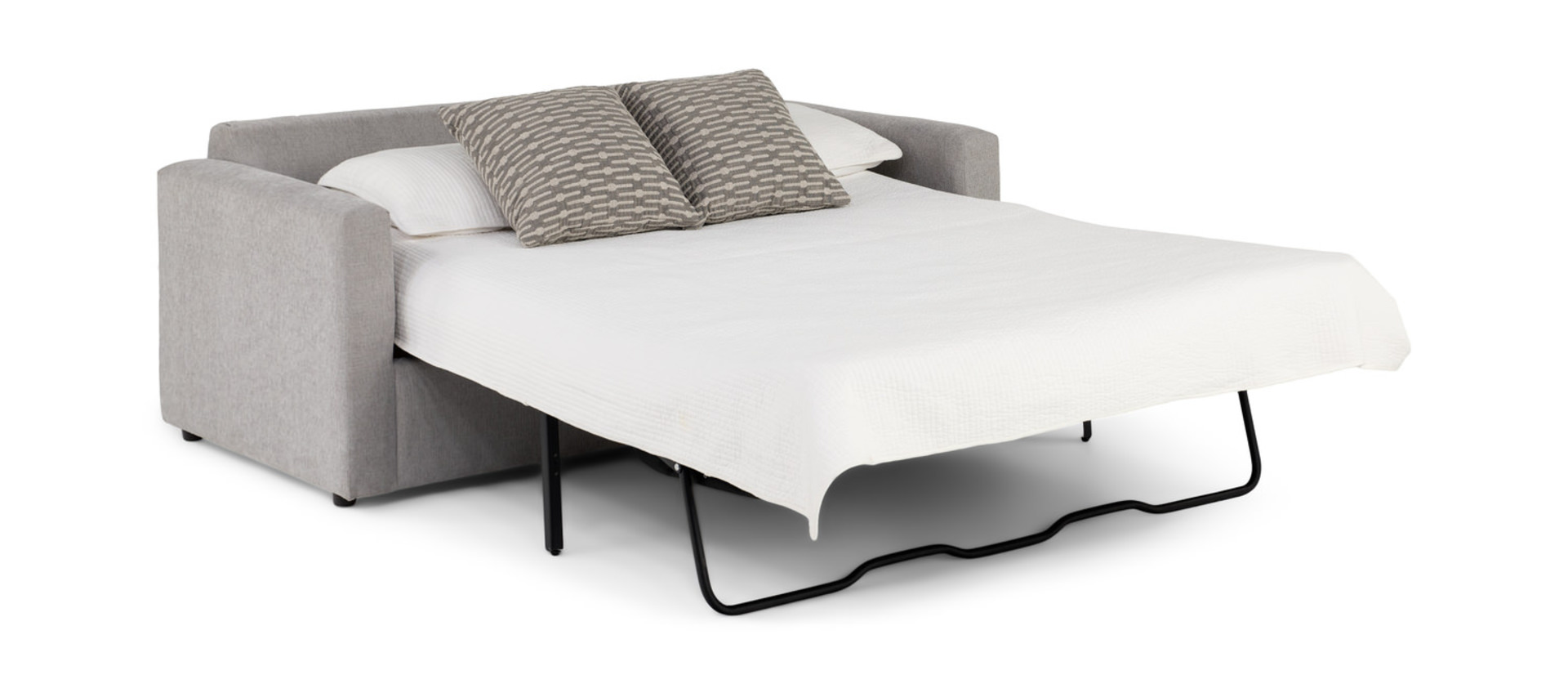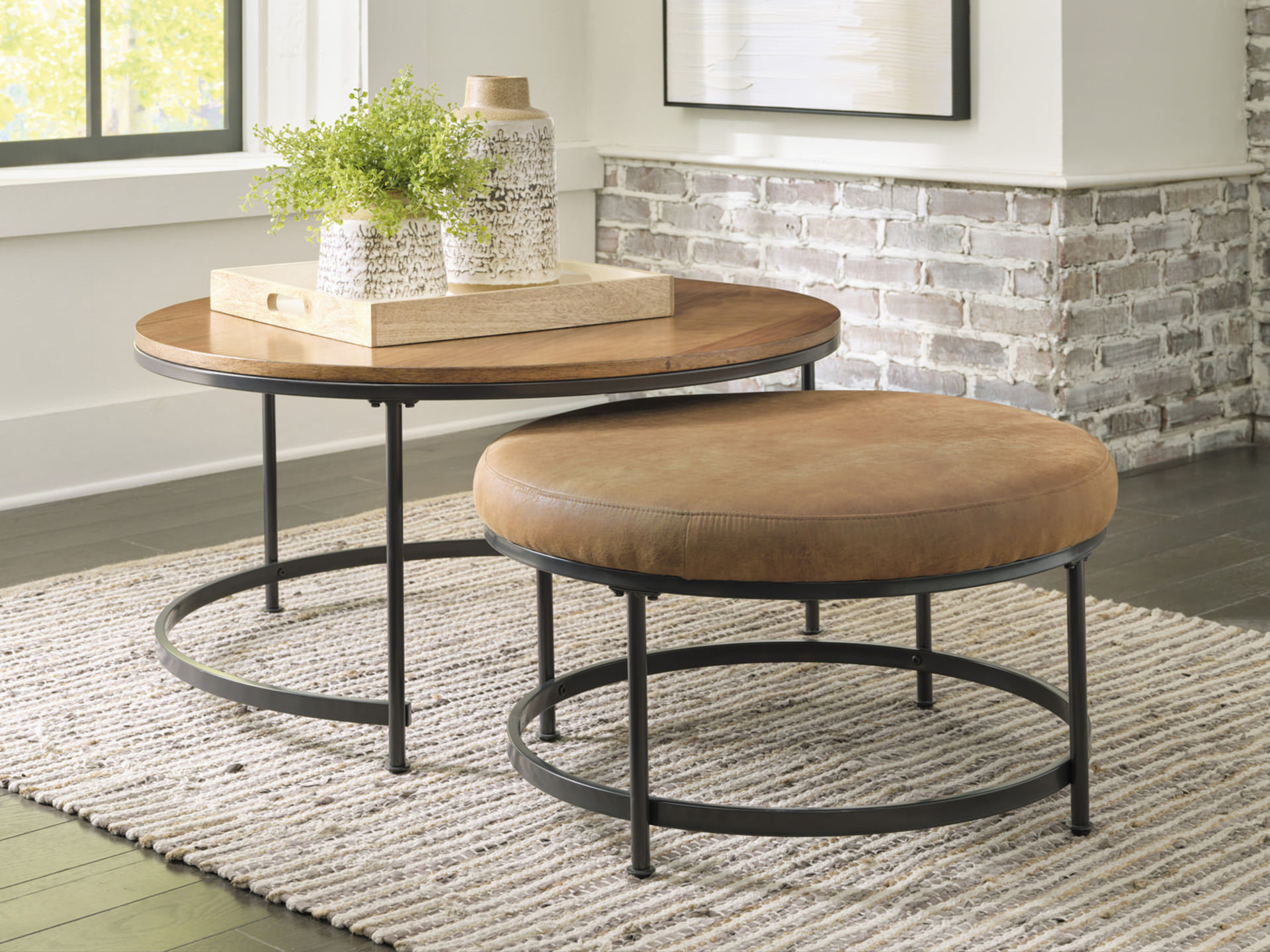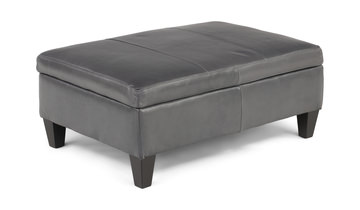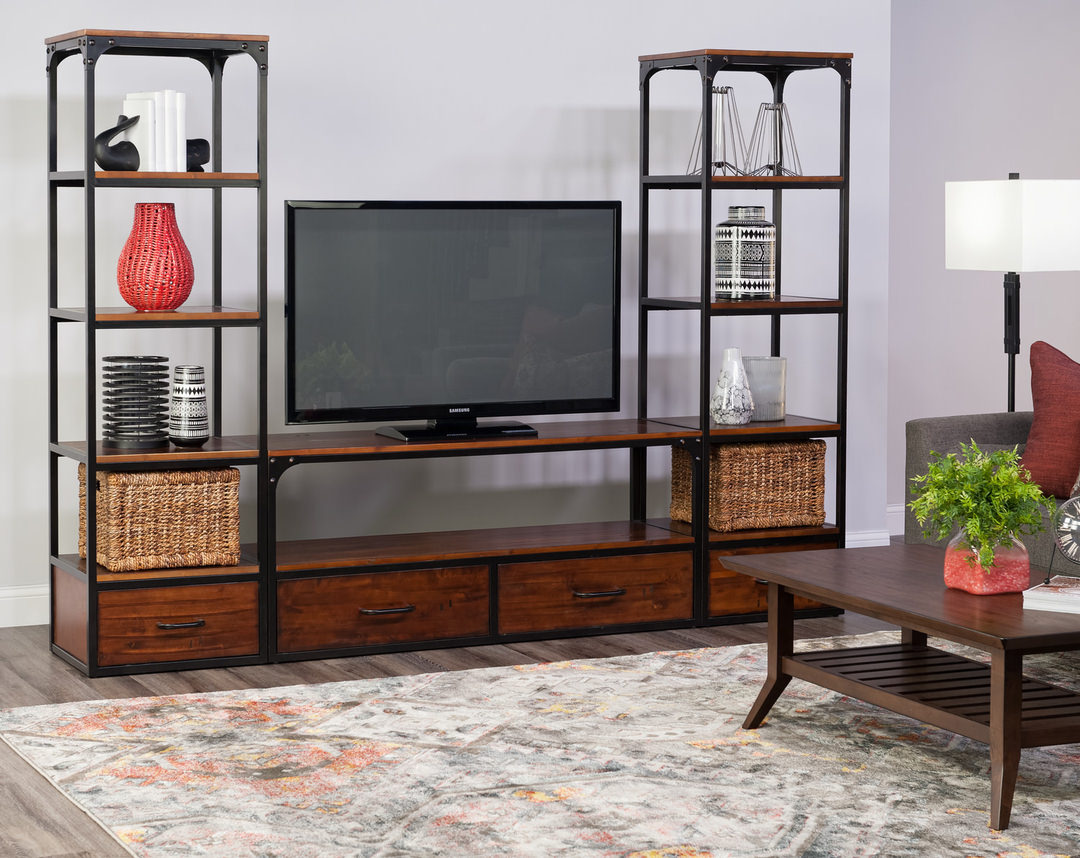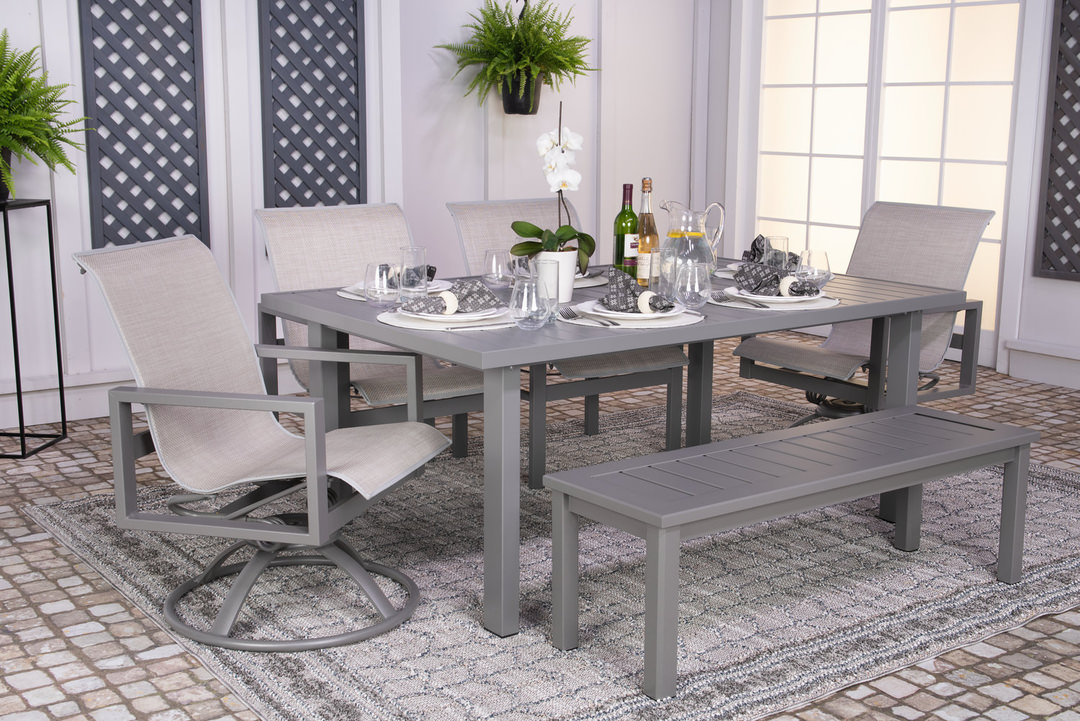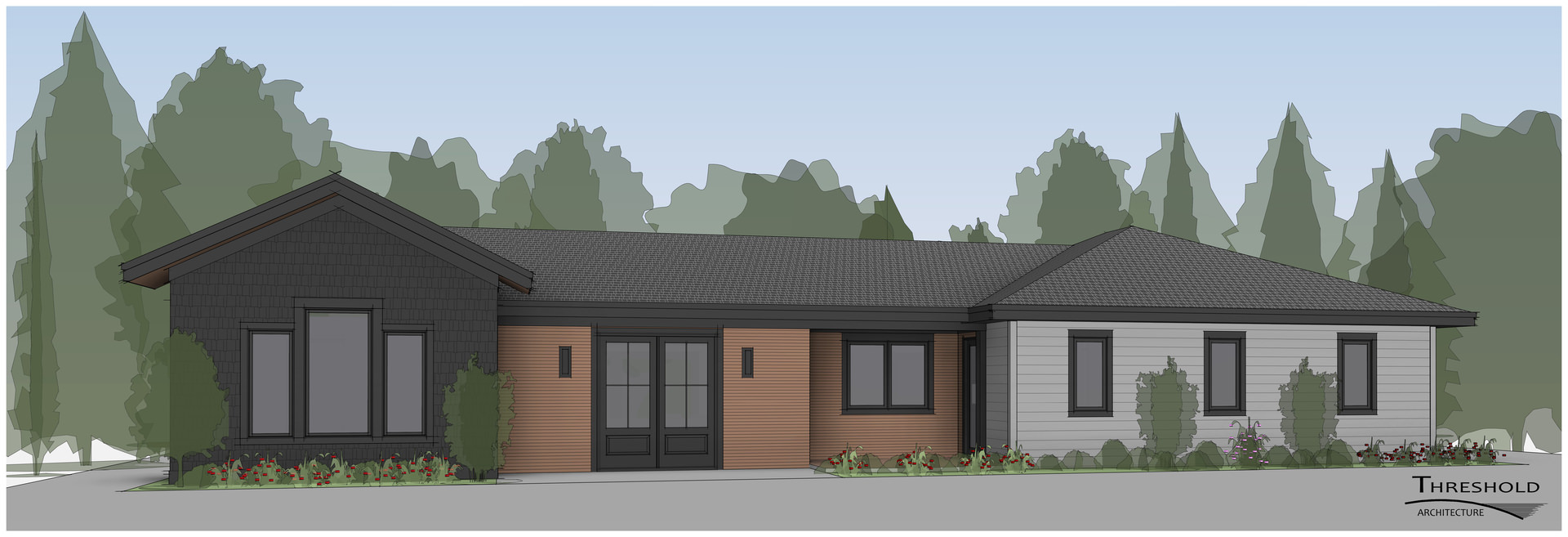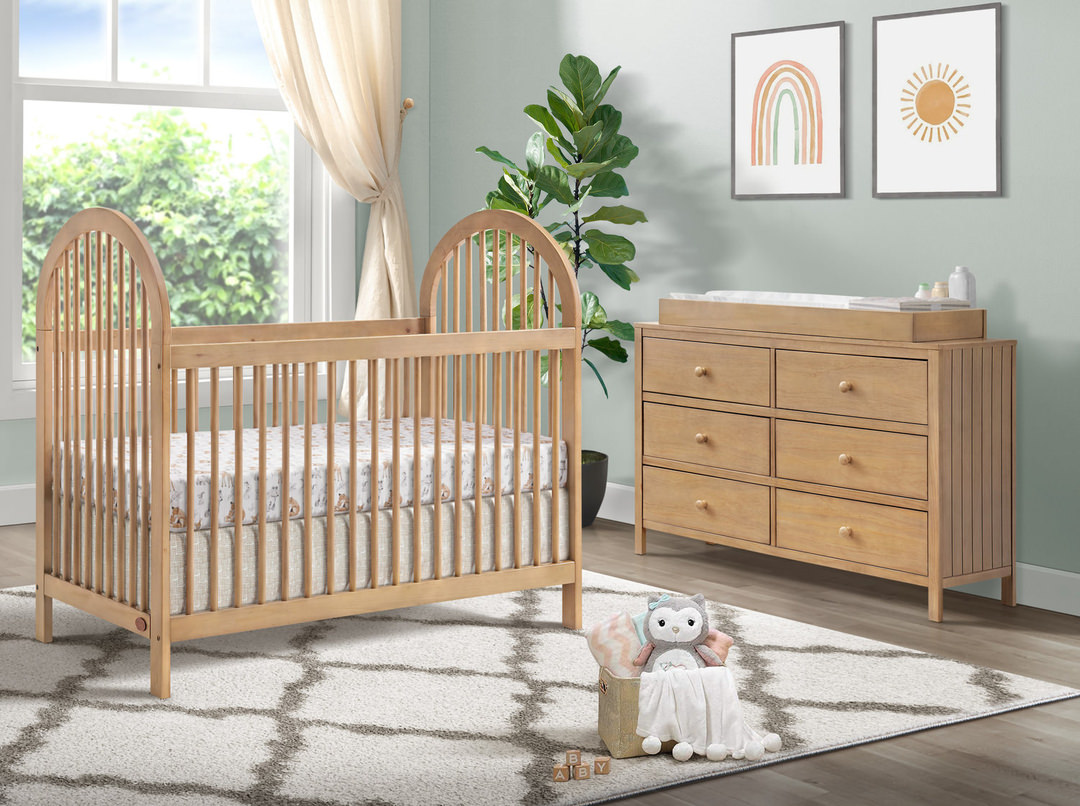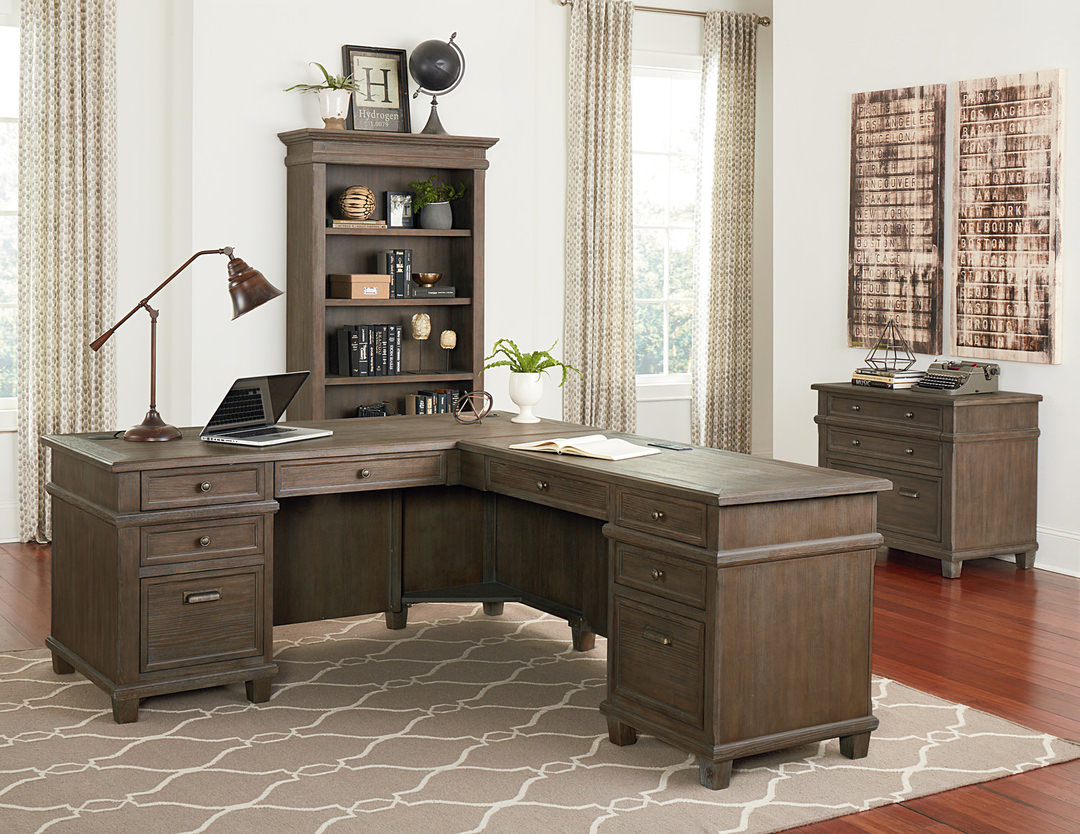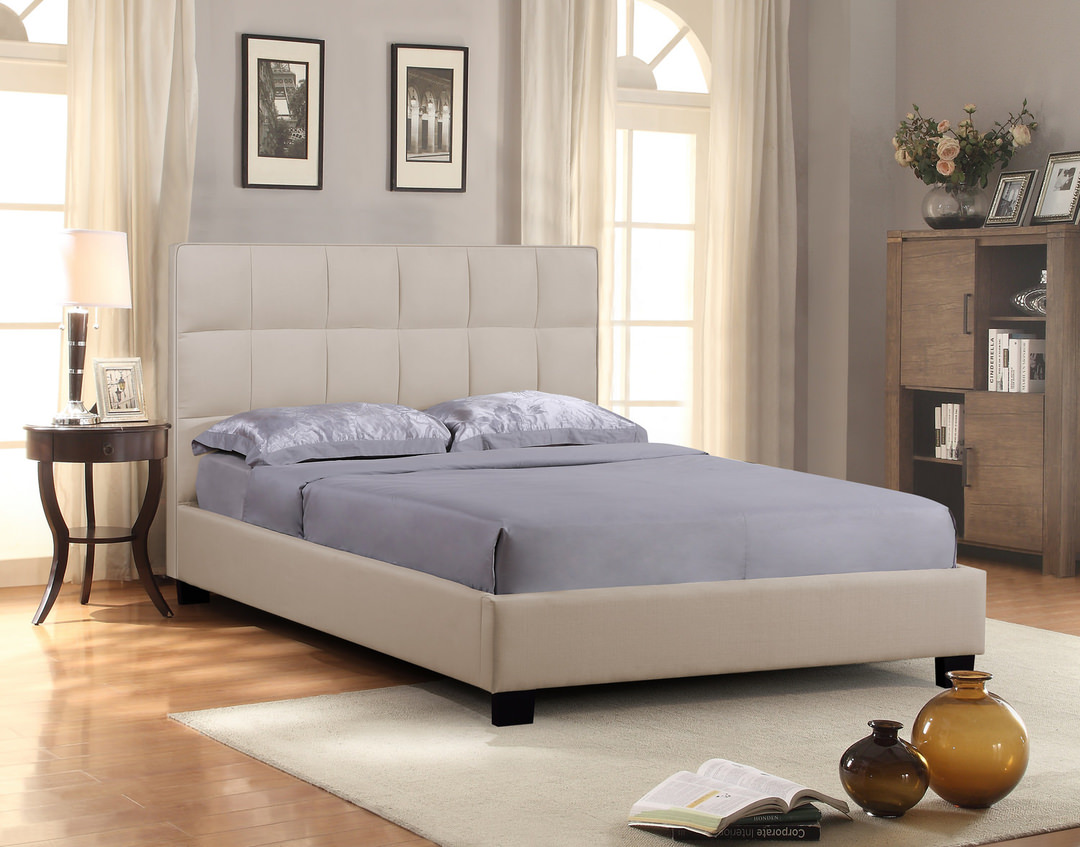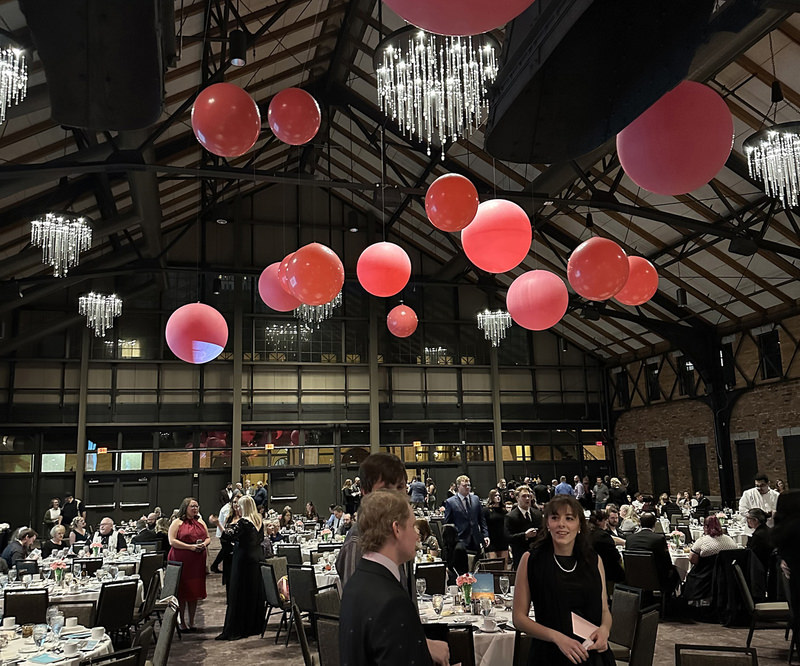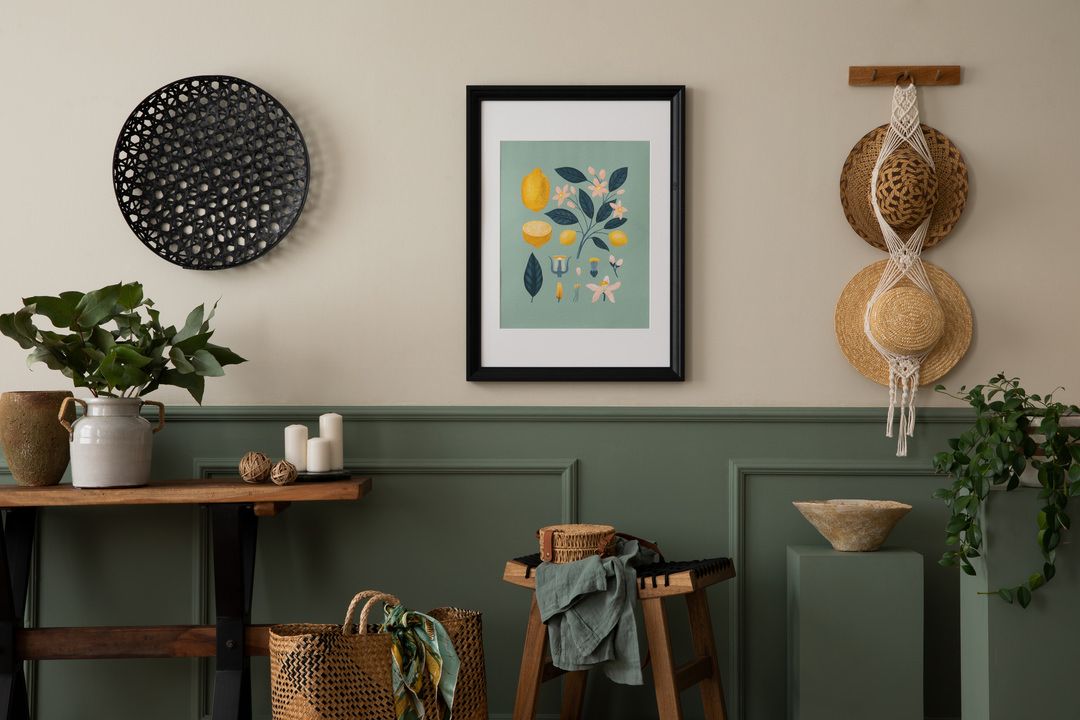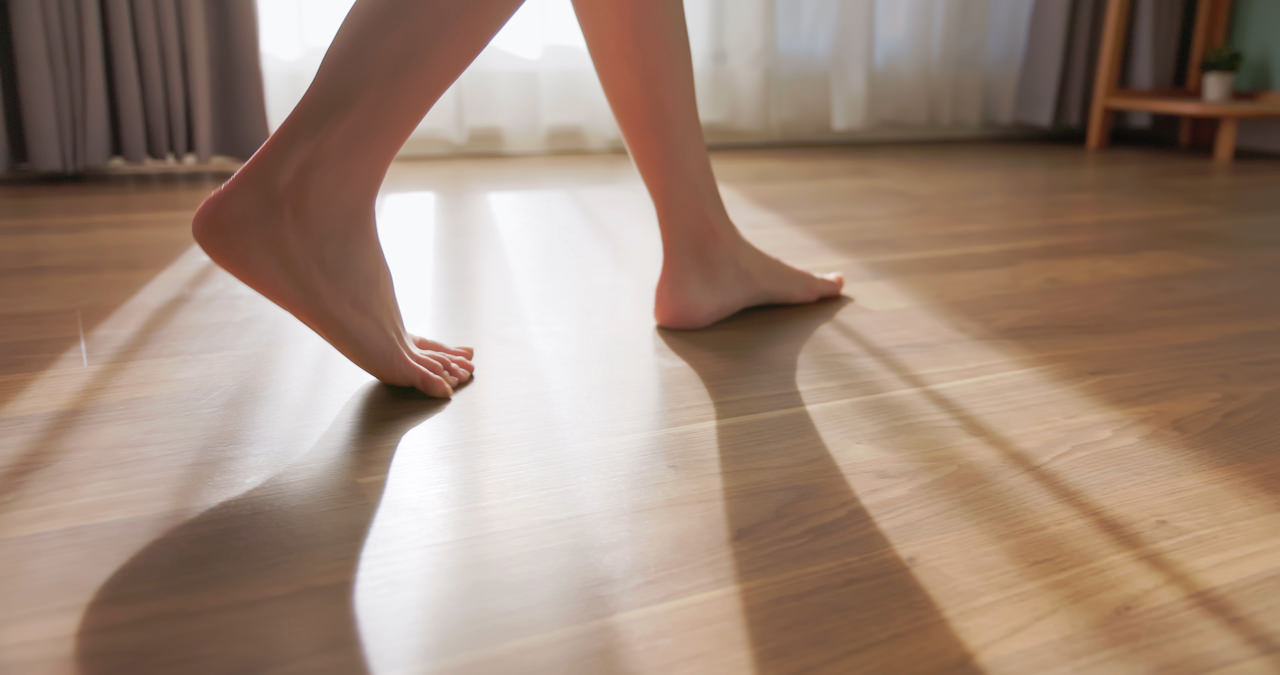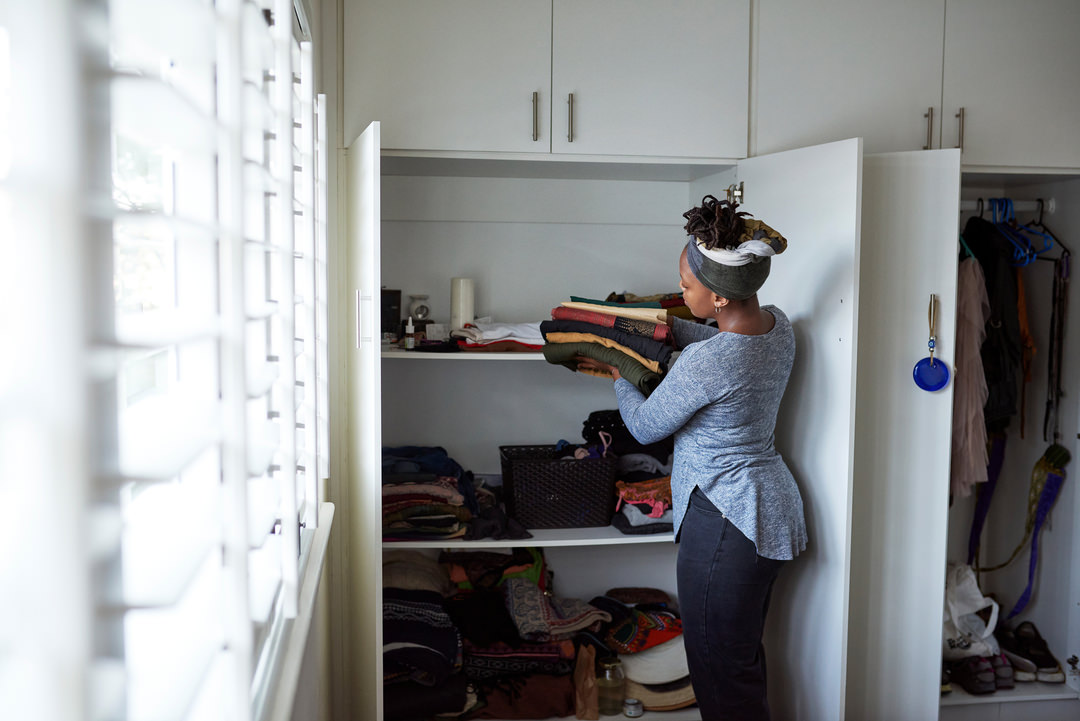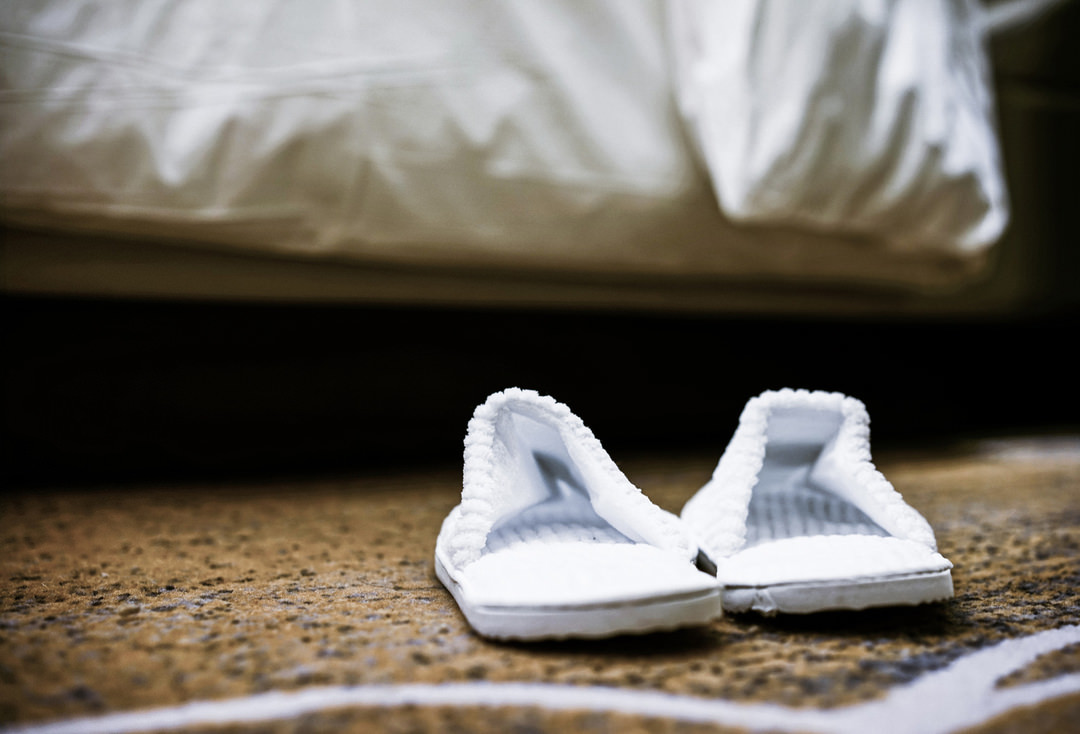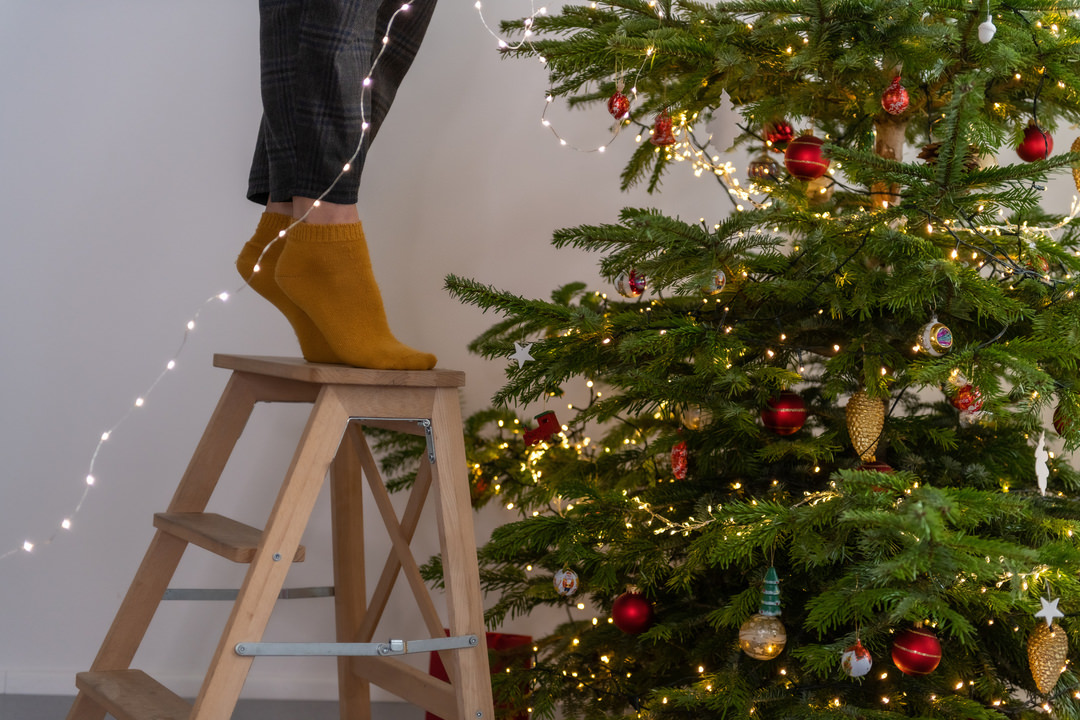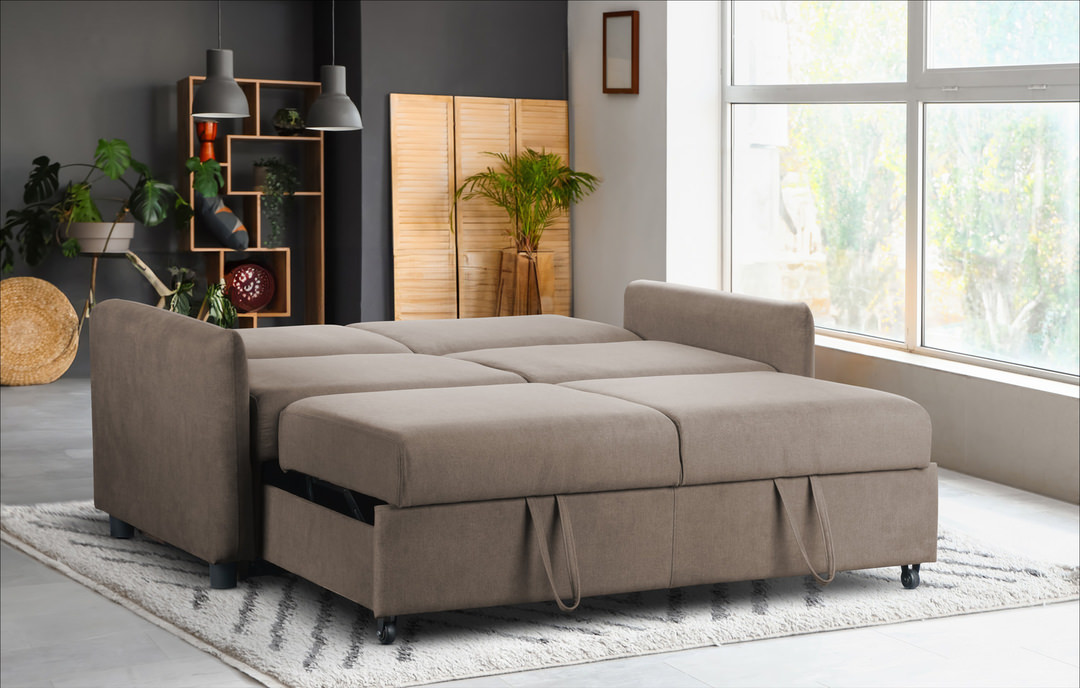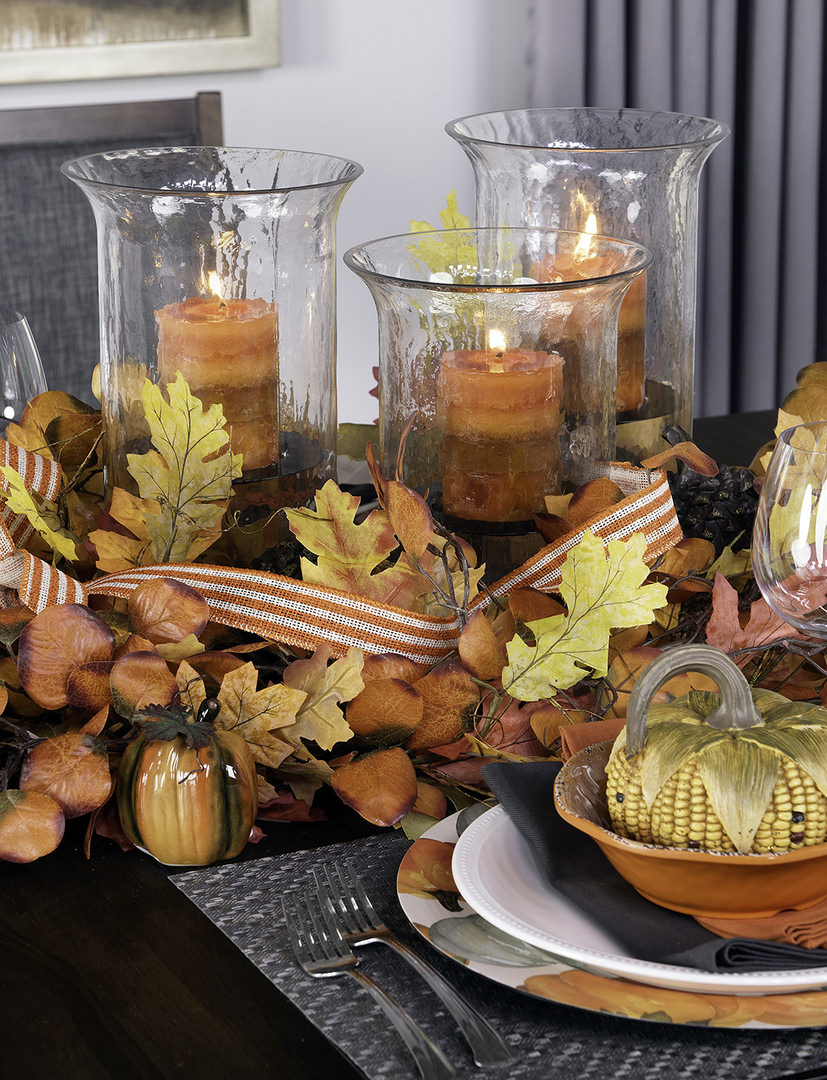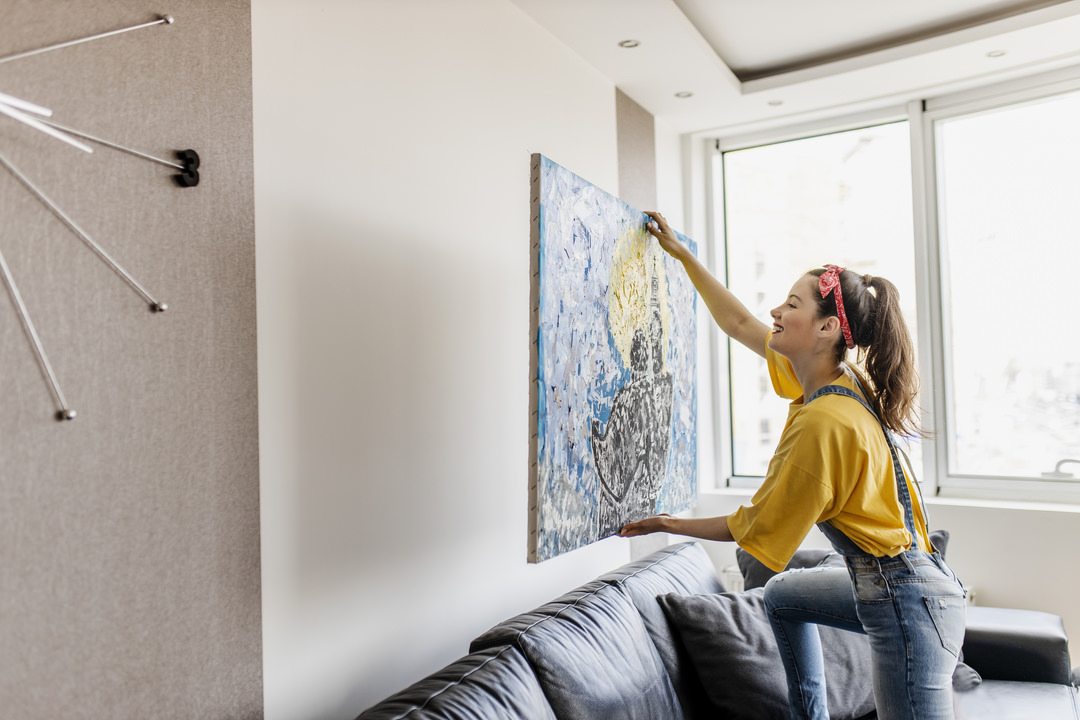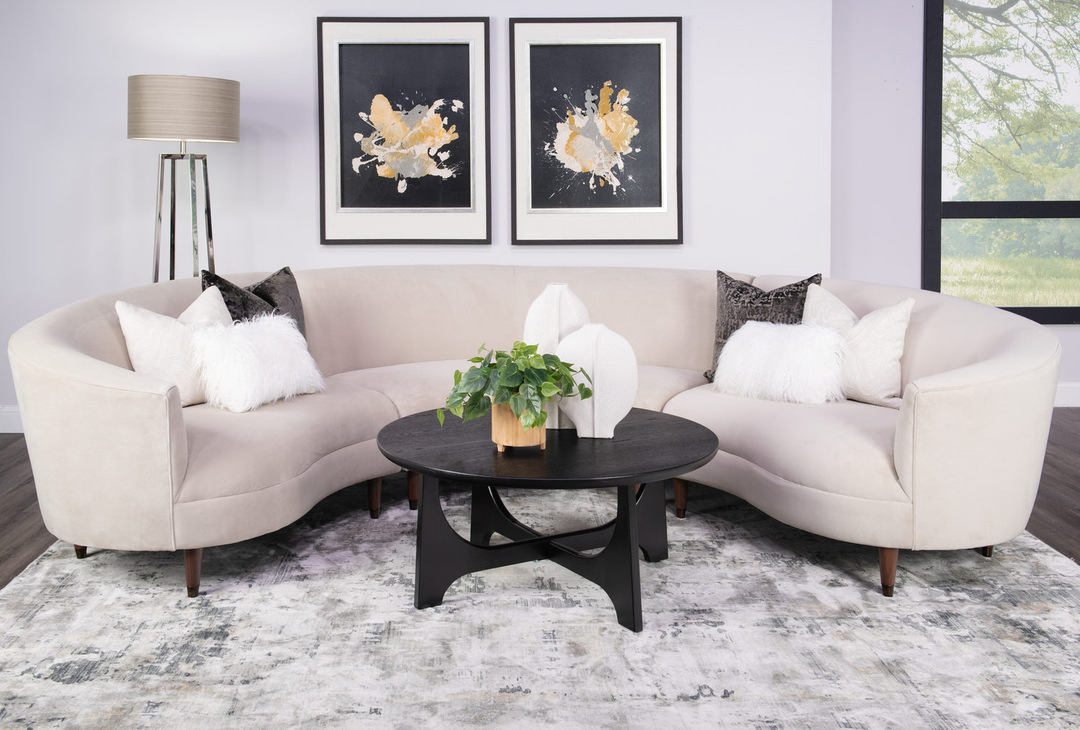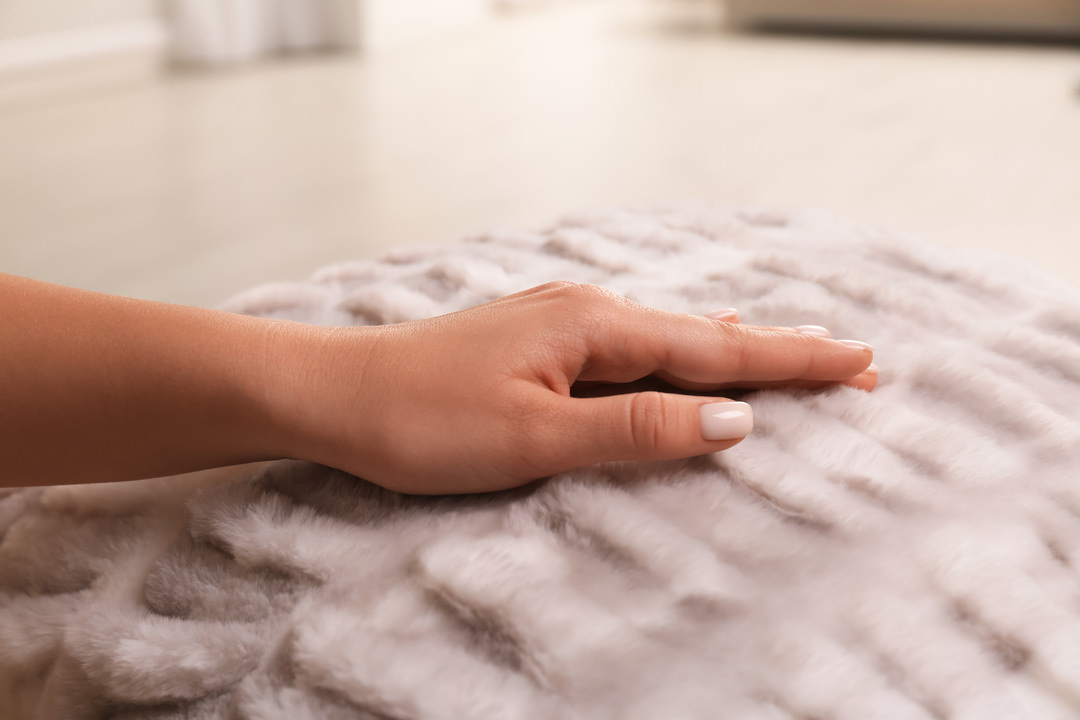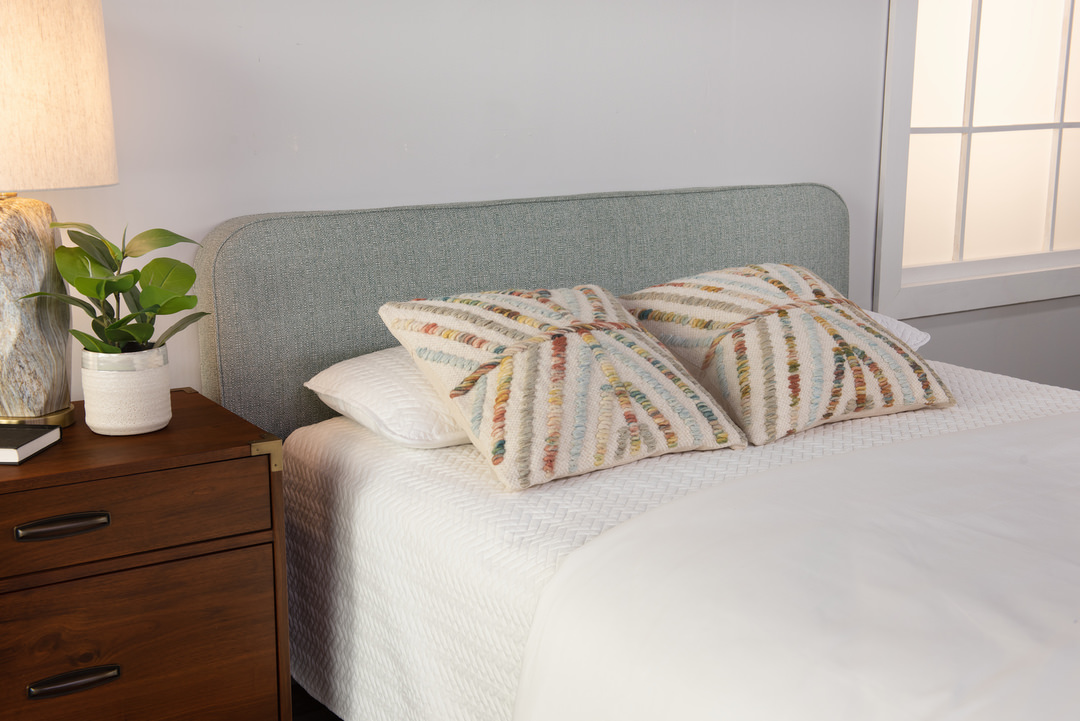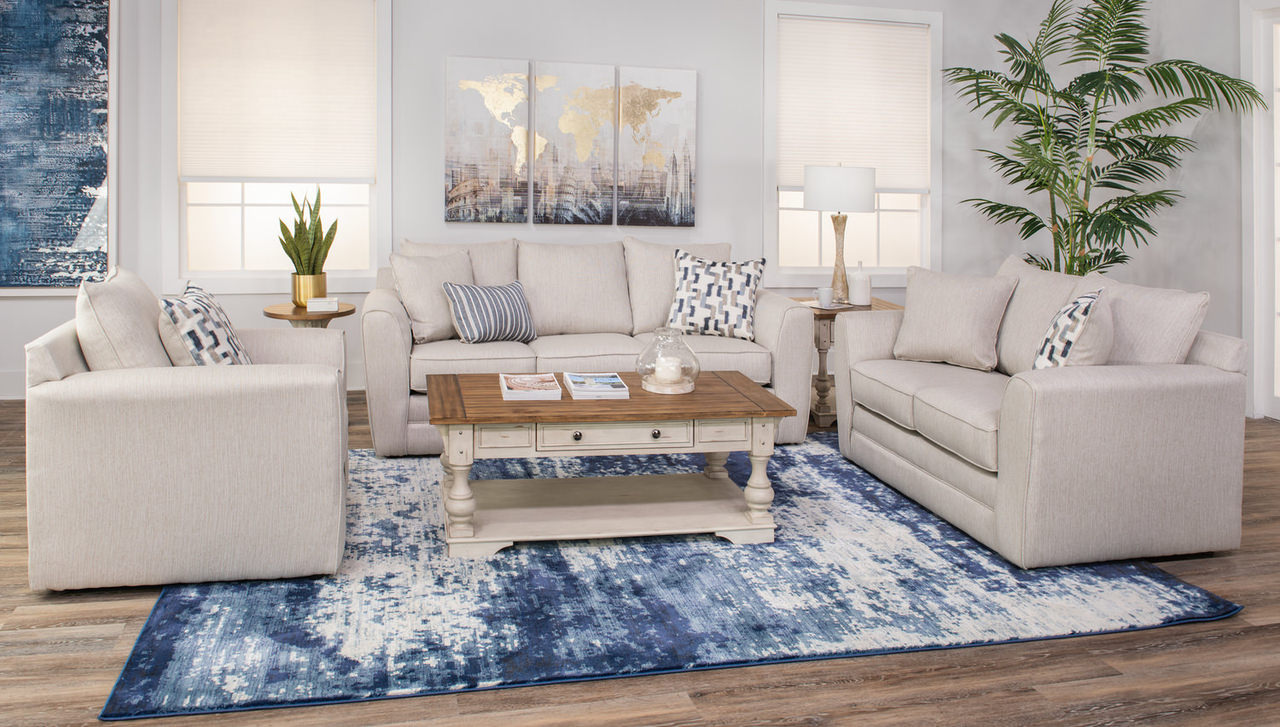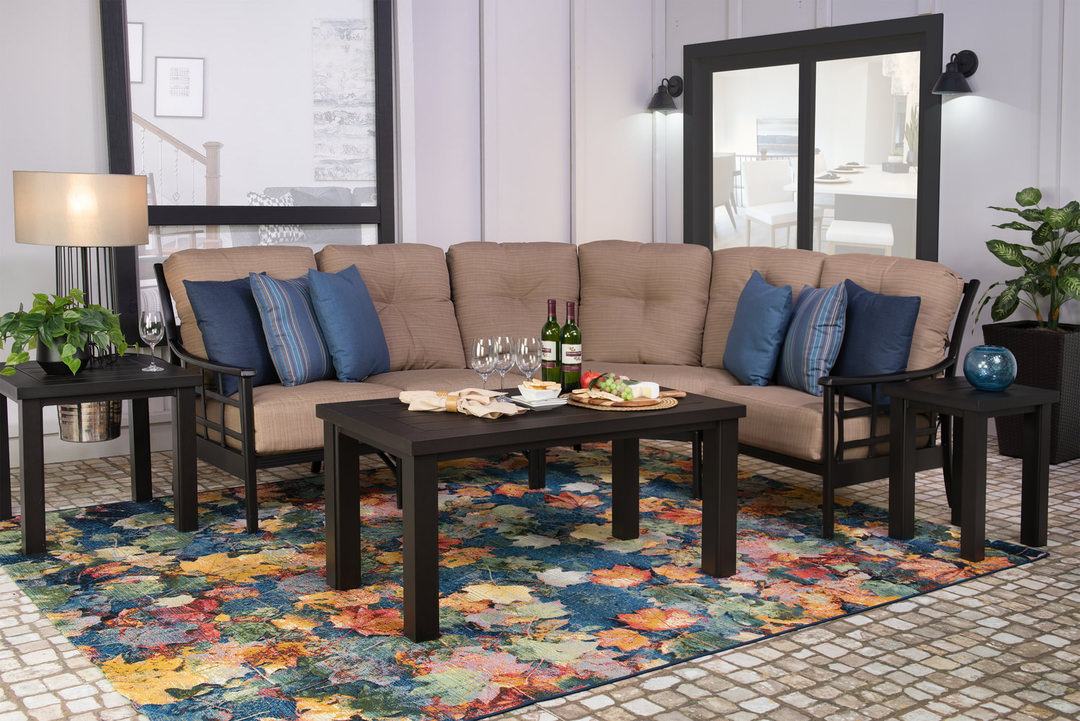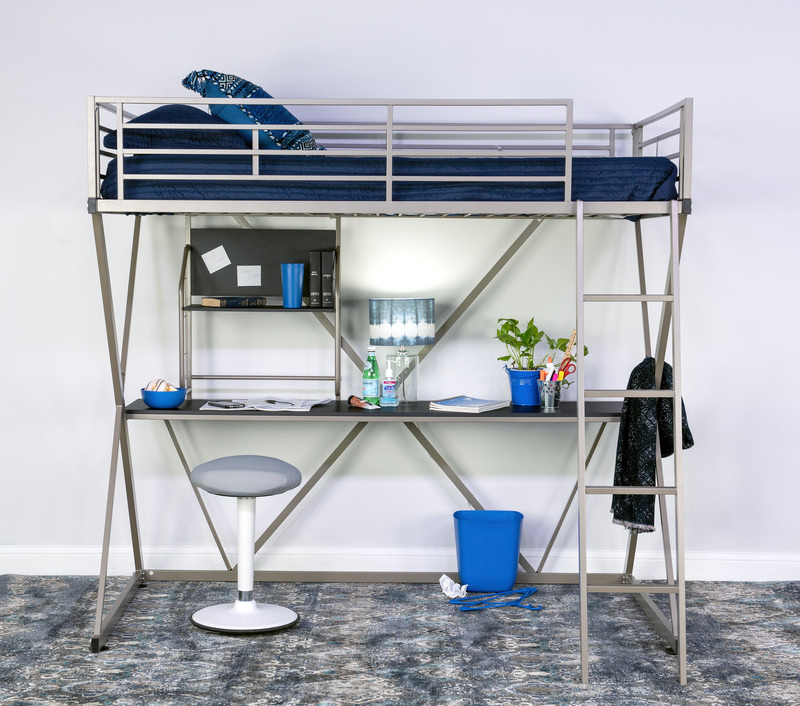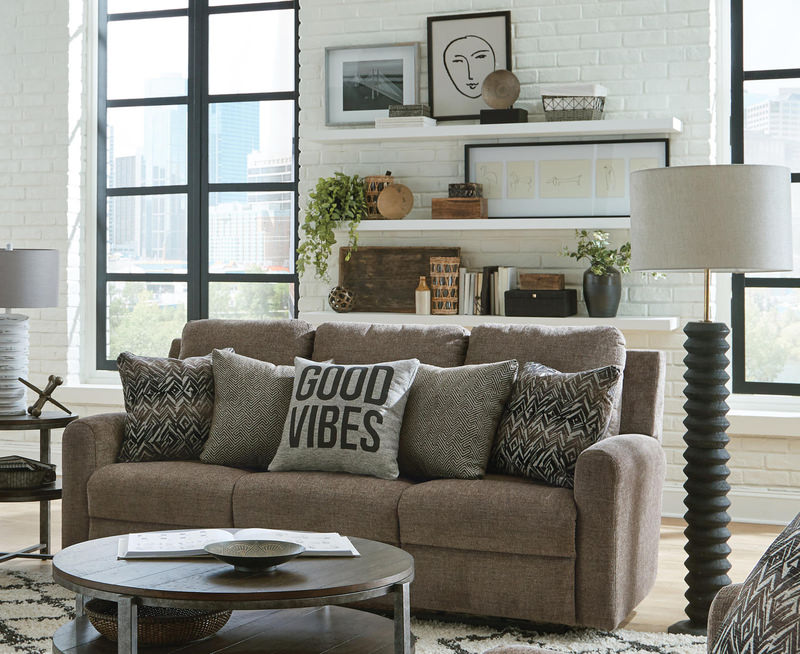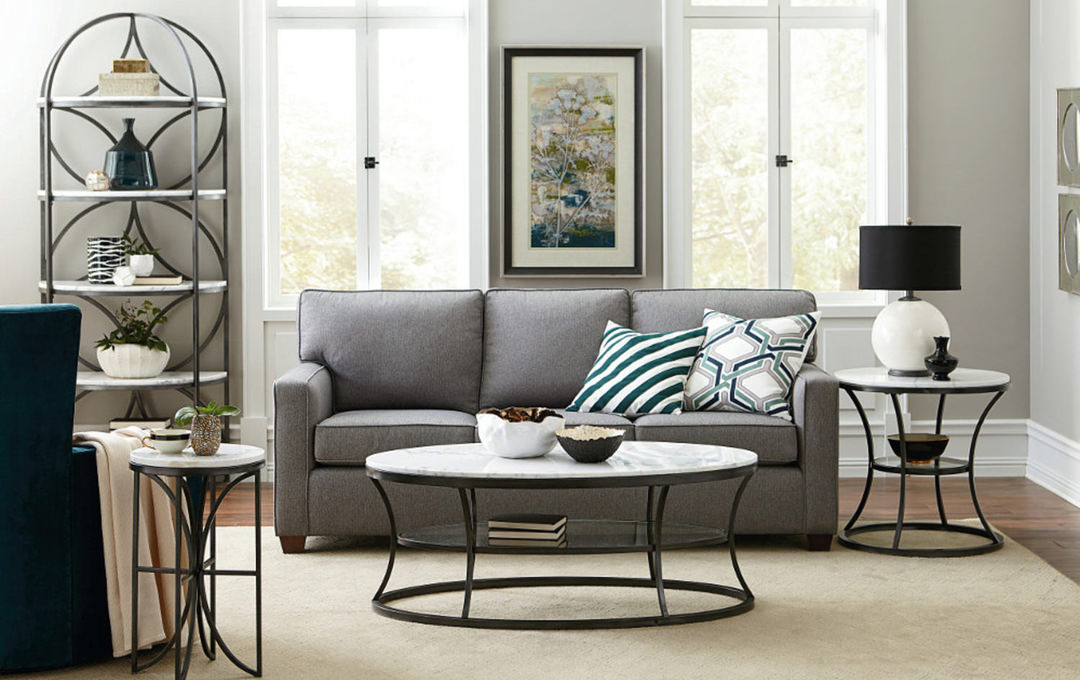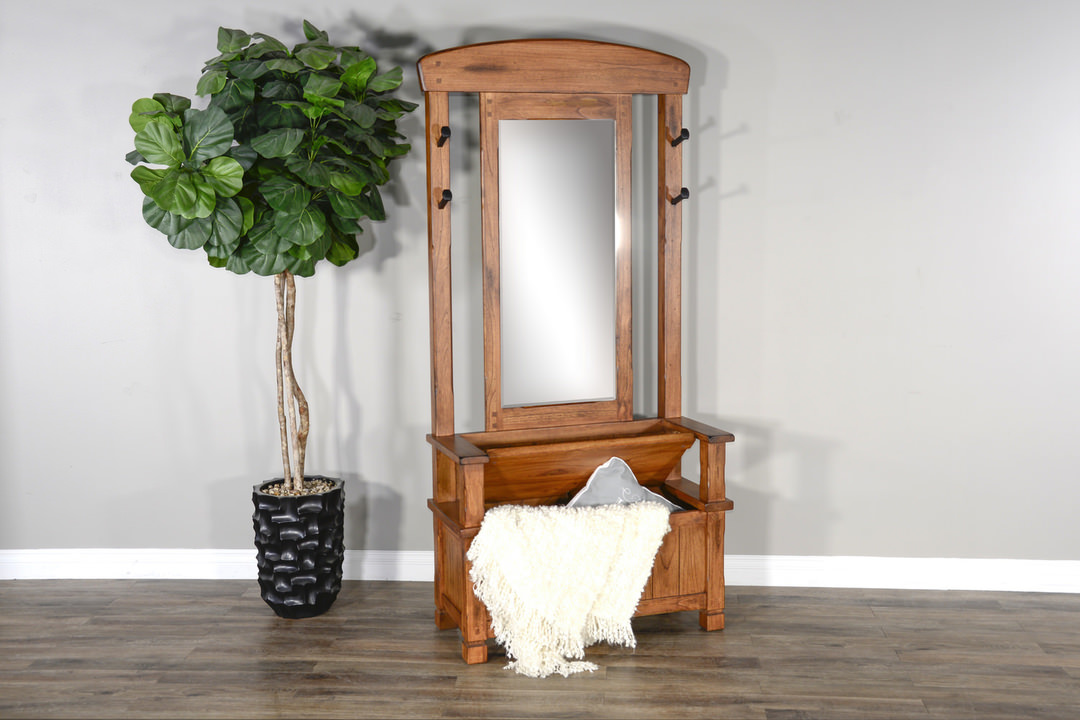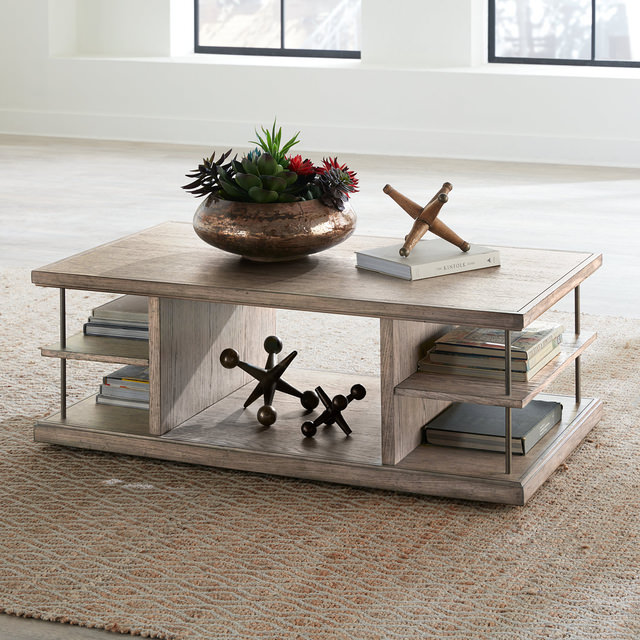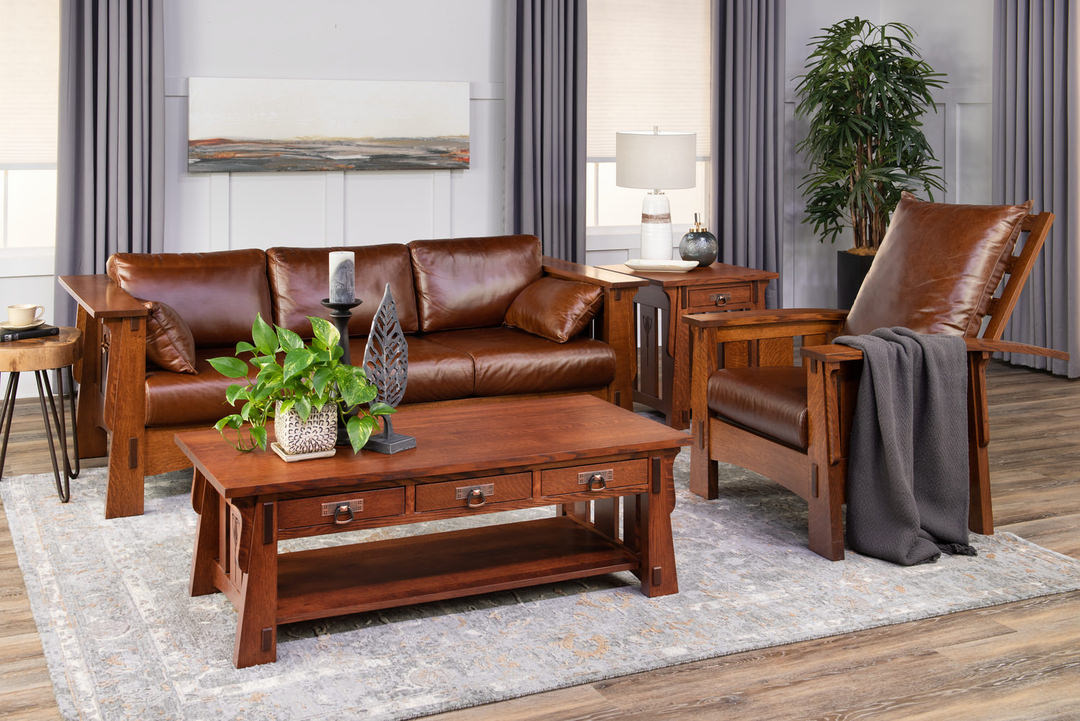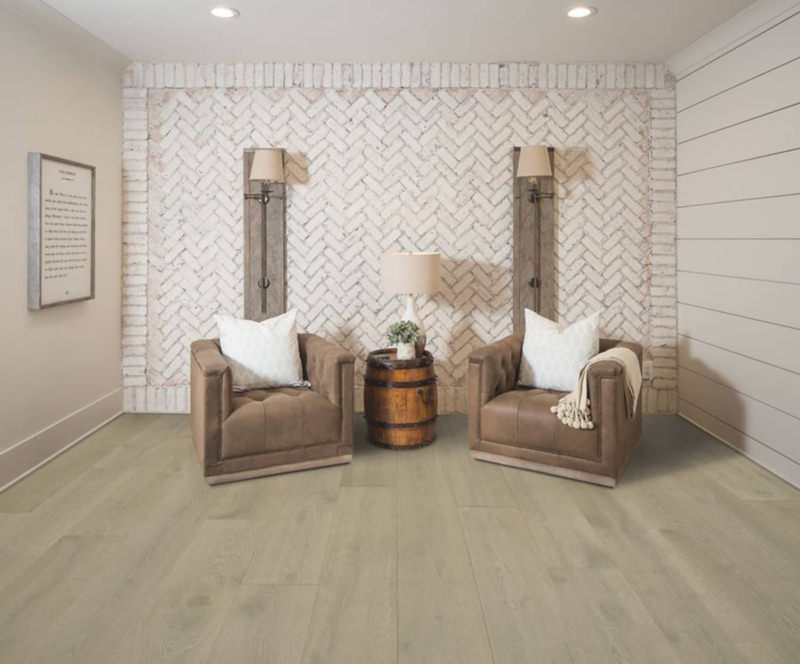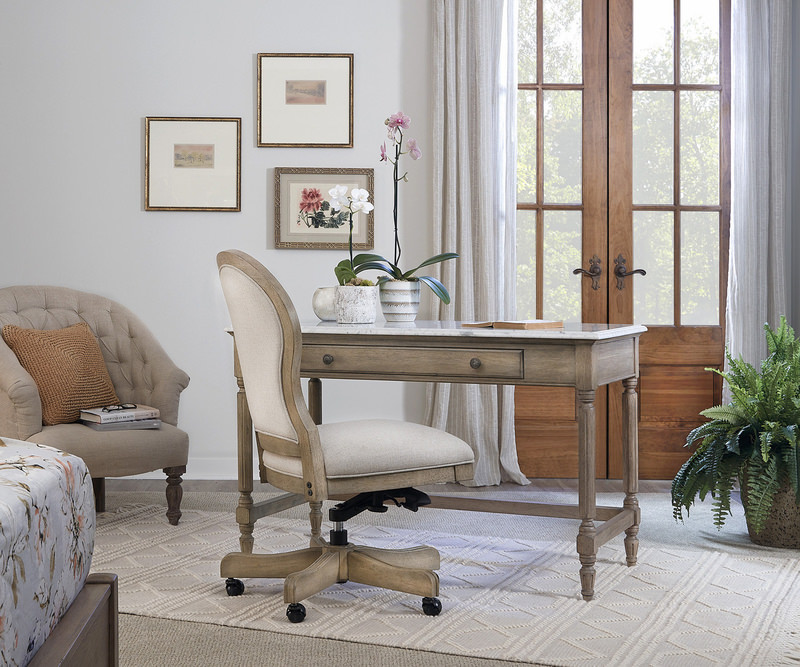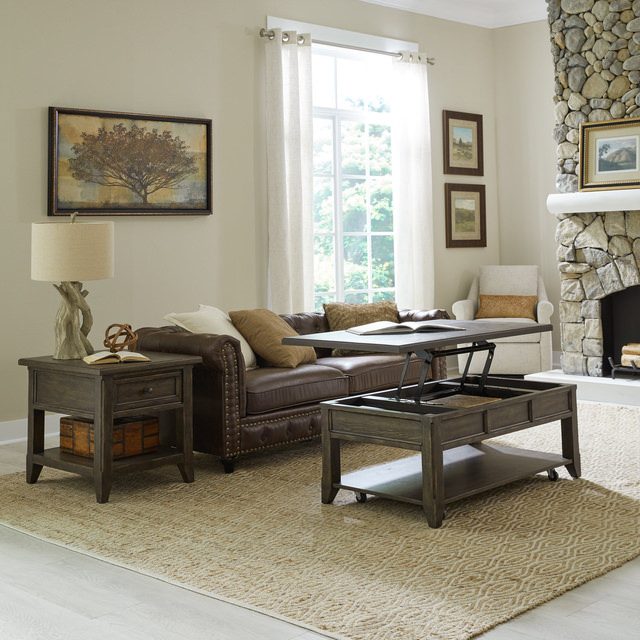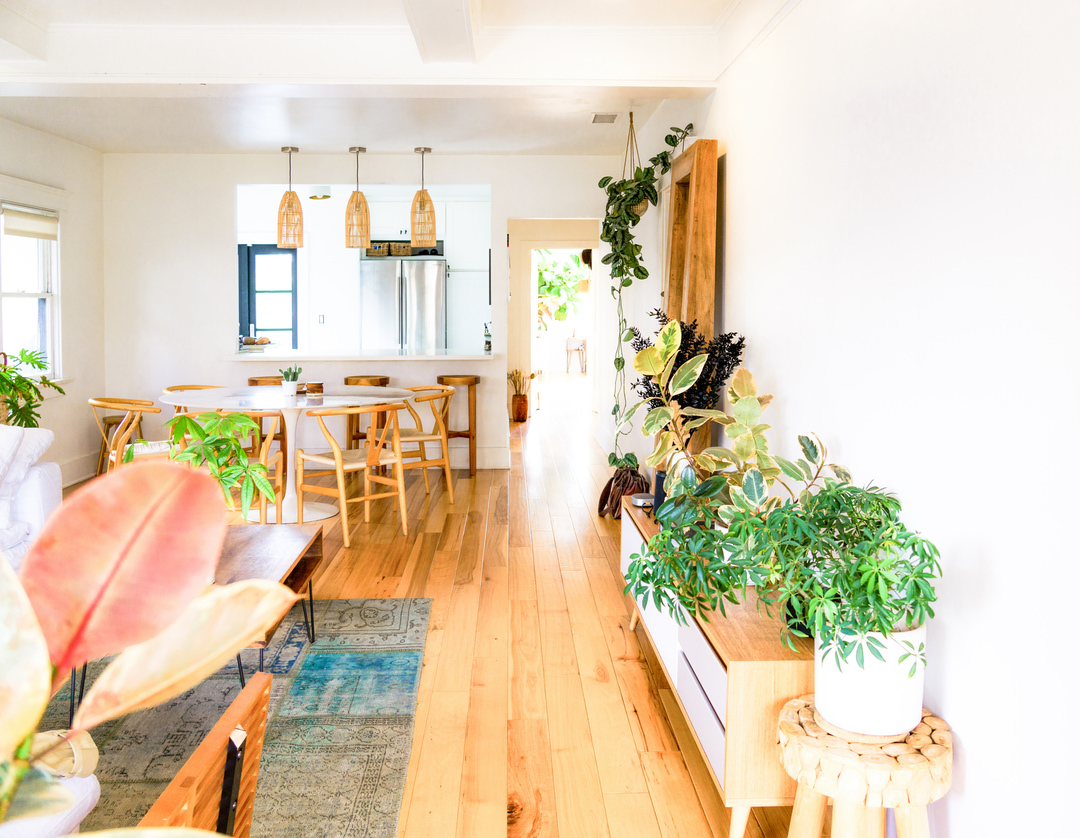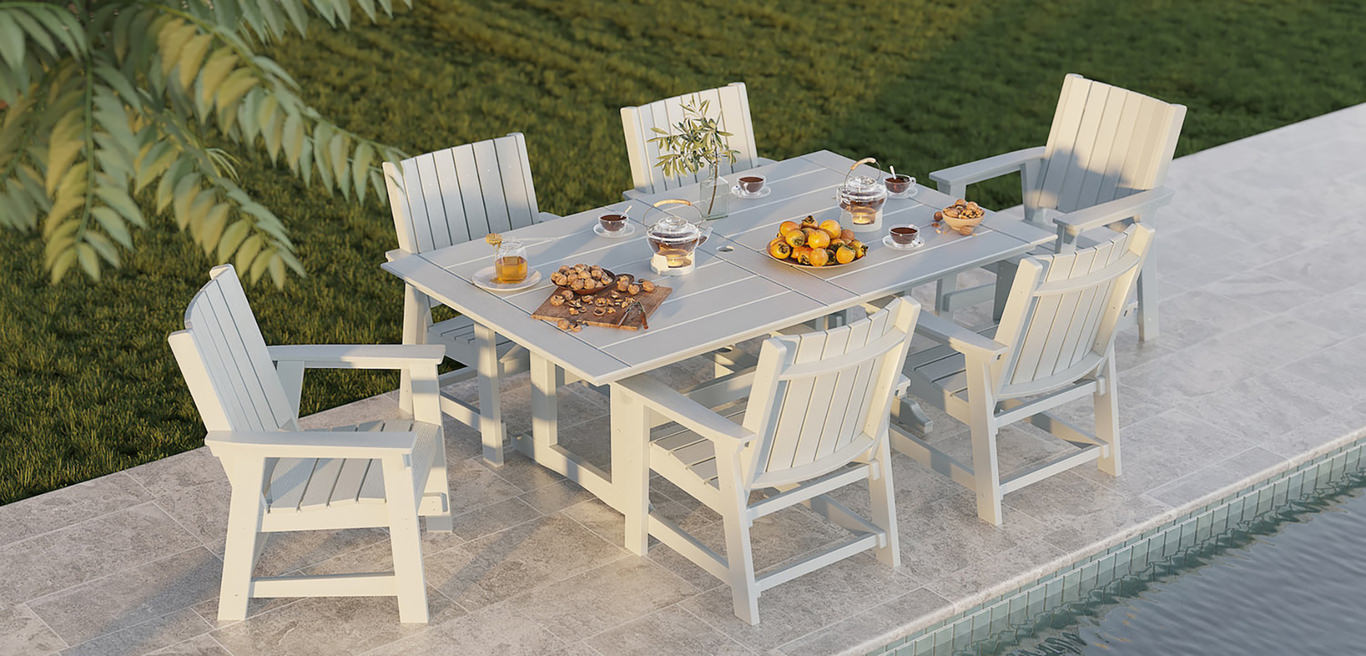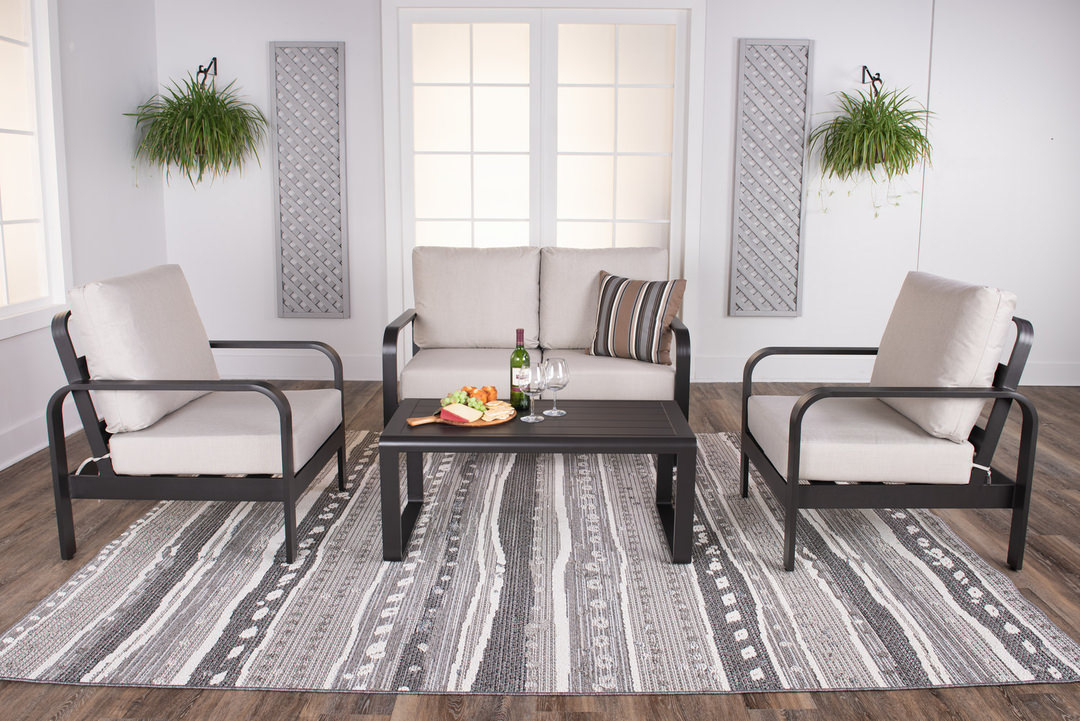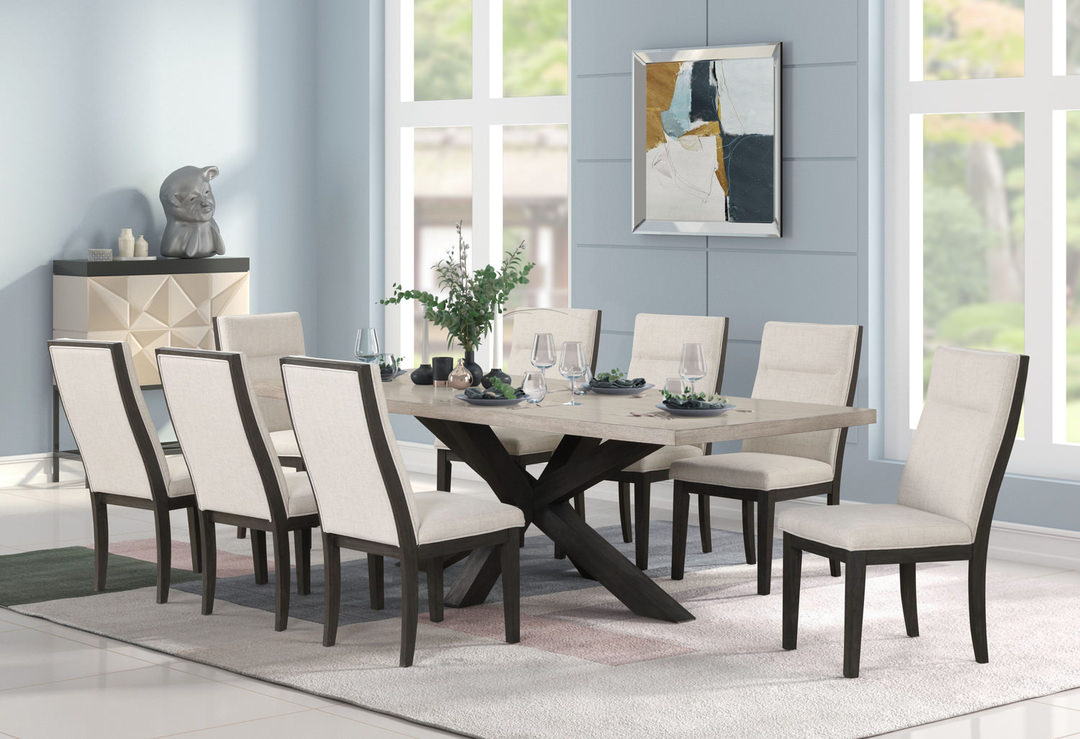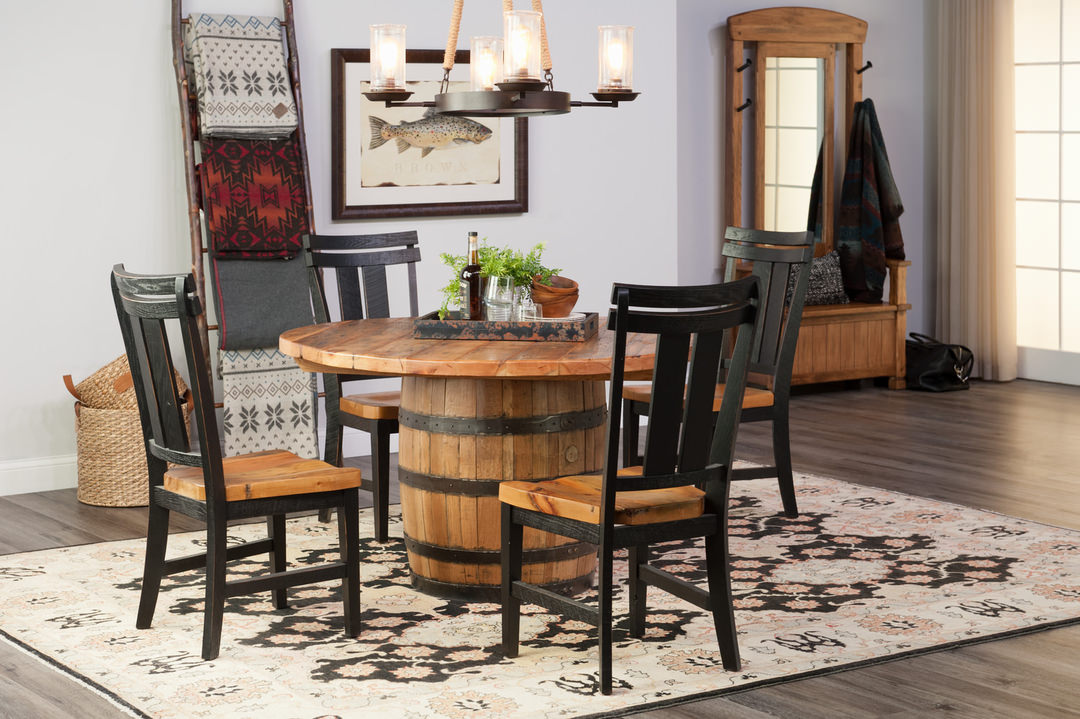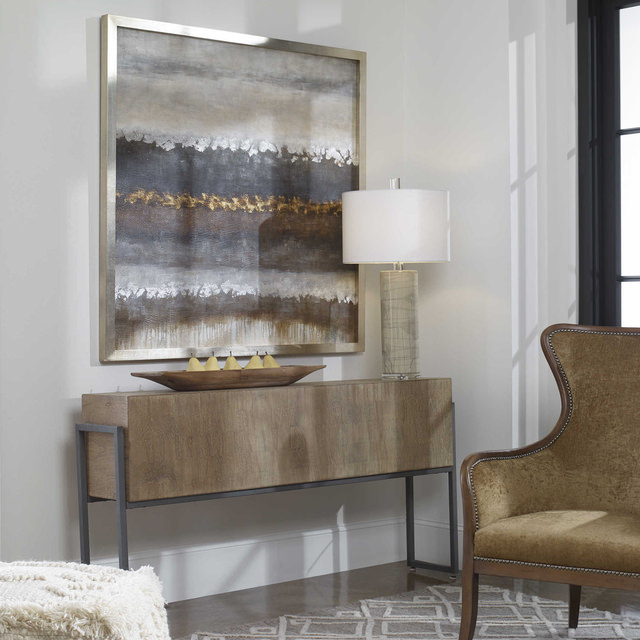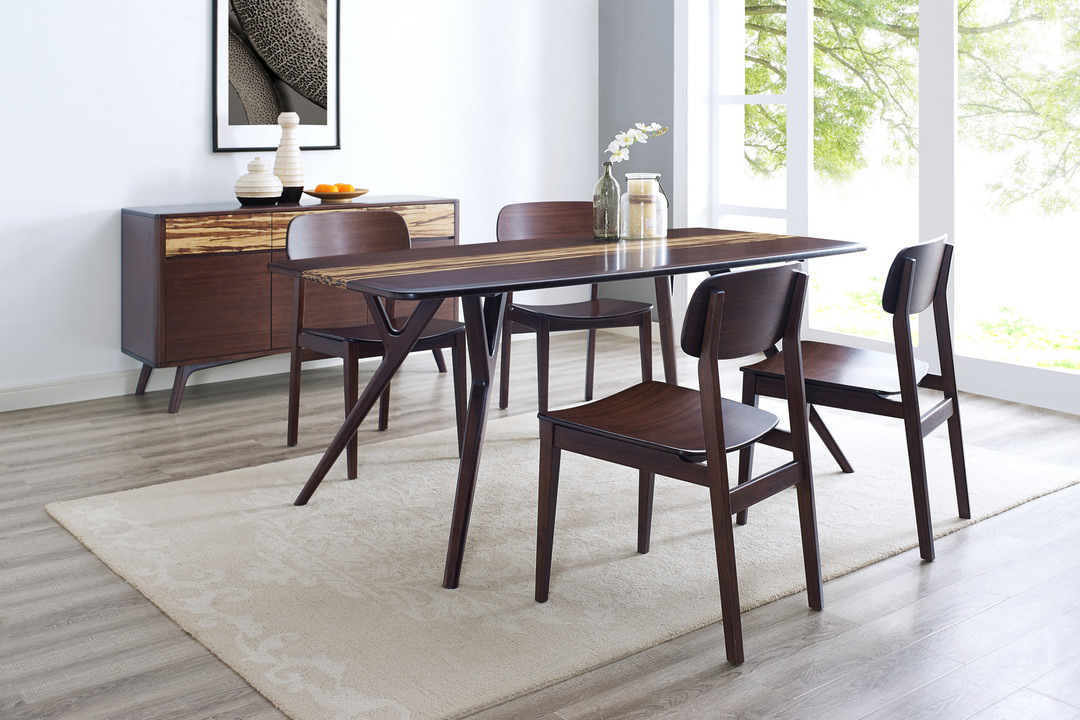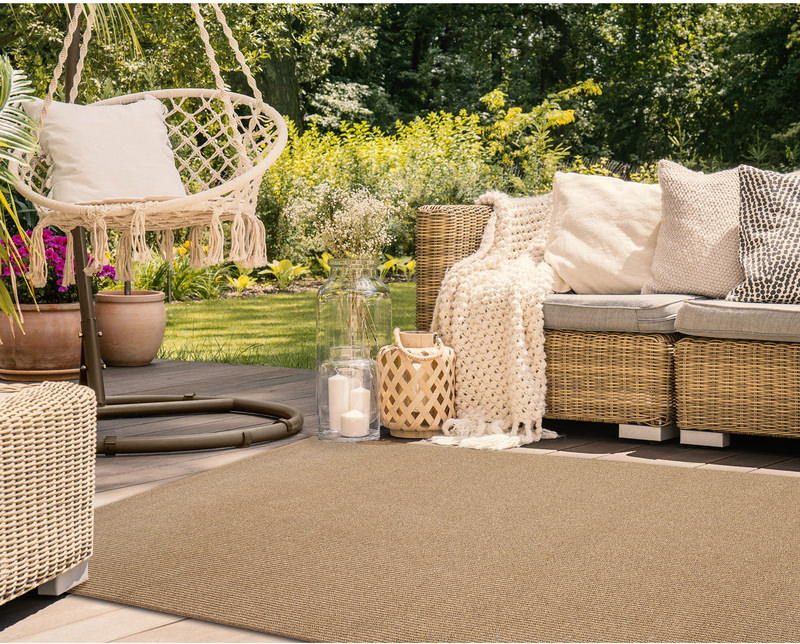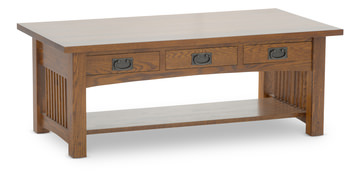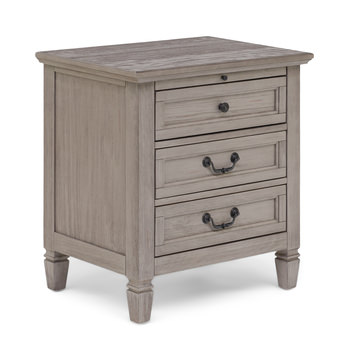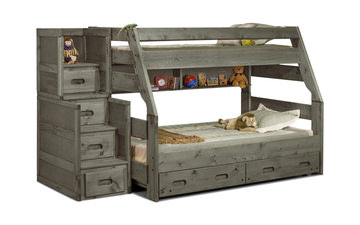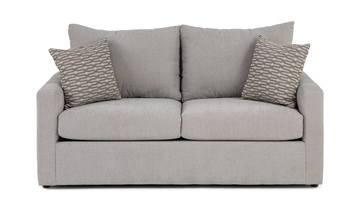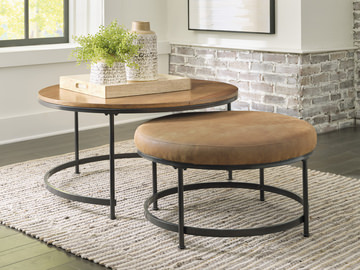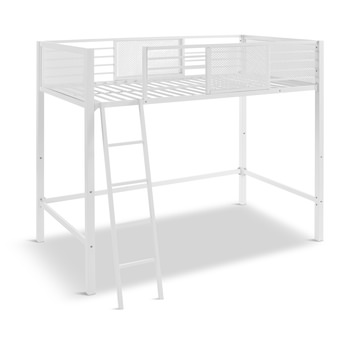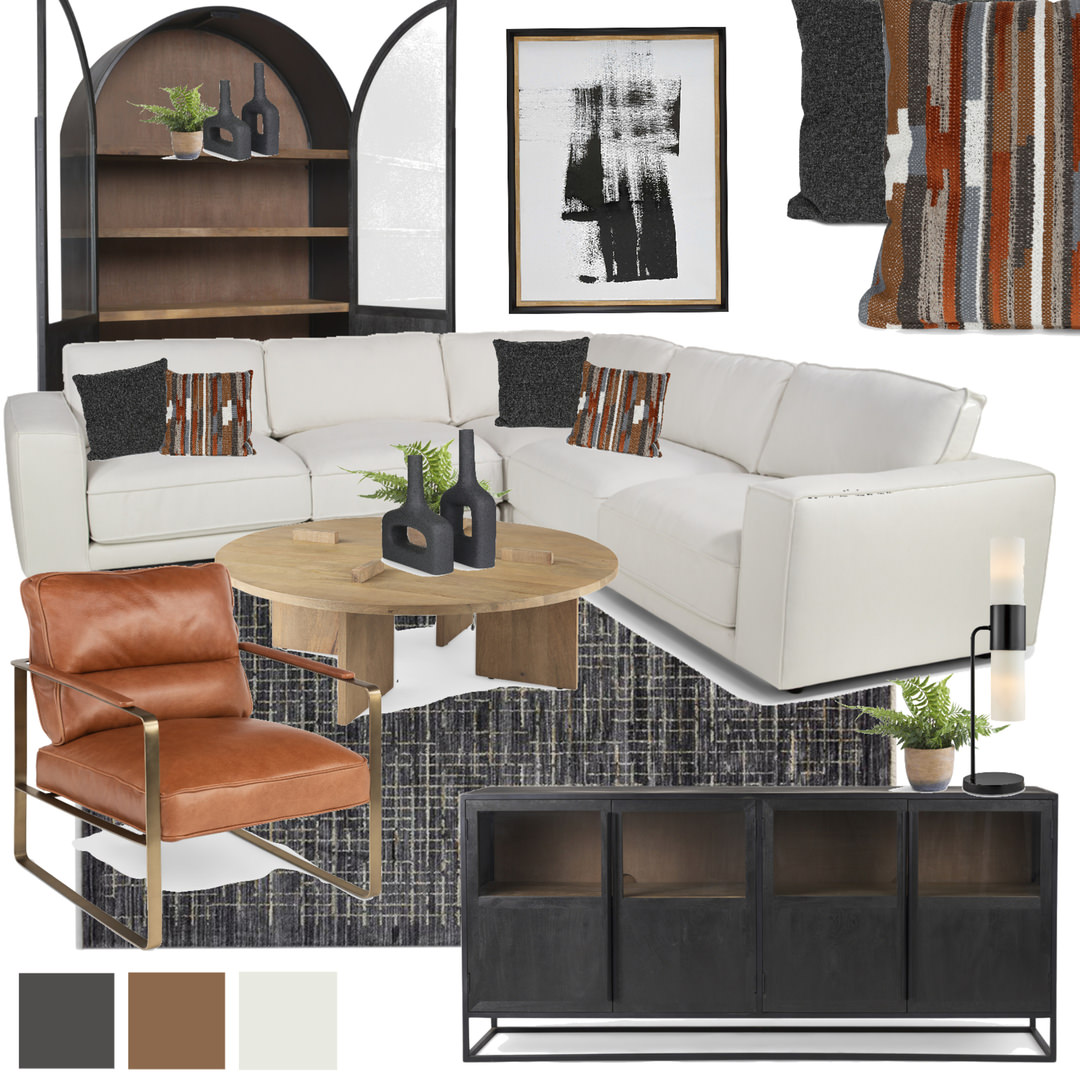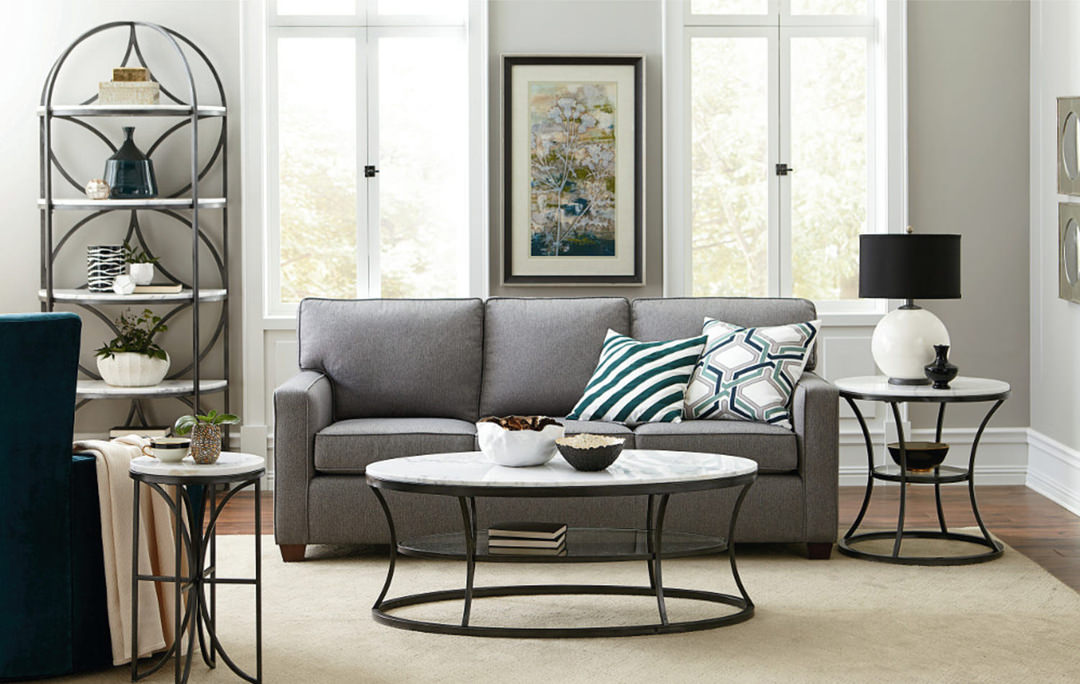Small Space Super Furnishings
These items pack big functions into little footprints.
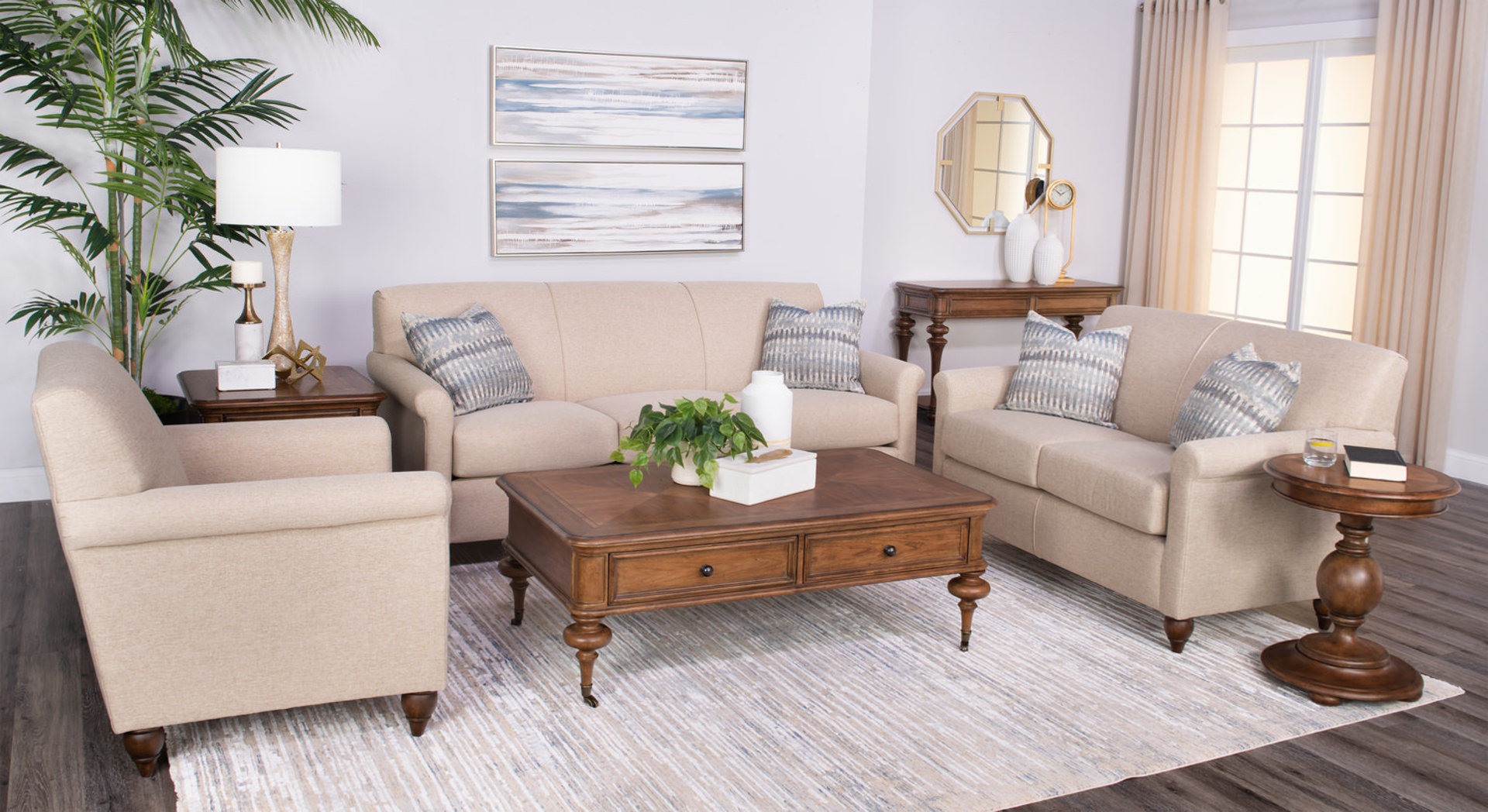
If you live in a small house, condo or apartment, you may be feeling the squeeze! The squeeze of excess furniture, that is. Too much furniture in too little room can make a person feel hemmed in. Even larger homes might have smaller rooms where furnishings seem to crowd out the living space!
If a room feels cramped, it’s possible that it simply has the wrong furniture for its size. With a judicious selection of space-saving furniture, a little room doesn’t have to feel little! Here are some tips for choosing items that will make a small space seem bigger.
Spacious Living in the Living Room
The living room sets the mood for the entire home! If that important room feels cramped, it’s likely that the entire home will feel closed in. Start to loosen things up with the key piece of living room furniture, the sofa.
Consider using a small sofa, sometimes called an apartment sofa. These might be 20 to 30 inches smaller than a standard sofa and not as deep. That’s not small enough to look tiny, but that little bit of freed-up space expands its surroundings! If the sofa has exposed legs and clean lines, there’s an airy feel that implies even more roominess.
Actually, there’s no rule that says you have to have a sofa at all! Maybe a loveseat would be better, or even a couple of small recliners. Another choice is the small sectional. If it’s positioned in a corner, it opens up the center of the room!
Be careful not to clutter the room with many pieces of small furniture. A few medium-size items will sit more comfortable in the room than an excess of small ones. Choose and locate your furniture so that there’s comfortable walking space between items.
Also, keep furnishings to scale relative to each other. Be leery of an oversize recliner or anything that could overpower a small sofa. When pieces are the same scale, the room is balanced!
A coffee table fits in nicely when it’s about two-thirds the length of the sofa. One with a glass top appears to take up less space. Rounded corners feel more restrained and also allow room for walking around.
Making the Most of Sleeping Space
Smart bed choices provide extra space in a bedroom and create when-needed bedrooms in living rooms and dens! If you simply want a more spacious bedroom, bunk beds might be the answer.
In fact, you might not need the lower bed at all! Anyone who’s lived in a dorm knows the advantages of a lofted bed. You don’t have to loft an existing bed; you can buy a ready-made loft and free up the space below for a desk, bookcase or dresser.
Whether a bunk or standard bed, consider choosing one with built-in storage. Some have drawers at the foot, under the side, in the headboard or even under the steps to the top bunk.
Then there are convertible beds, which transform a family room into a bedroom or vice versa. The best known type is the sleeper sofa. These are indistinguishable from standard sofas in the daytime but unfold into beds, most commonly queen size, at night. For a smaller option, there are sleeper loveseats and even sleeper chairs that convert to twin beds.
Also, there are daybeds, which look less like traditional living room furniture. Some even have a trundle to slide out for a second bed. Futons and klik-klaks are other convertible choices, and work well to create an attractive bedroom-and-office combo.
Maximizing Storage Space
One of the issues with a small home is where to put everything! The aforementioned storage beds provide a hideaway for bedding and clothes, but they’re not the only furniture adept at creating storage space. For example, when choosing tables, be the coffee tables, end tables or nightstands, look for units with drawers or shelves. Shelves are easier to get at, but drawers hide clutter and make for a cleaner feel.
There are storage benches, excellent for hallways or the foot of a bed. A storage ottoman looks like an ordinary footrest, but it’s outstanding for clearing clutter out of the way! Finally, you can create more storage in your closet and remove extraneous items from your living space entirely. Think extra shelving and storage organizers that attach to hanger rods.
Other Space-Saving Tips
A few more ideas to consider:
· High furniture has a smaller footprint. Examples are chests instead of dressers and tall narrow bookcases as opposed to broad, lower ones.
· Drop-leaf and center-leaf dining tables take less space and look less dominating when the leaves aren’t deployed.
· Small nesting tables spread out to provide space for snacks and games but fit under each other when they’re not in use.
· Some pieces free up center space by tucking into a corner. These include not only sectionals but also curios and corner shelving units.
Feeling Spacious
The way a room feels is as important as how many cubic feet the furnishings occupy! For example, a room seems more spacious with “airy” furniture. That includes tables and chairs with plain, thin legs, tables with glass tops and open bookcases without sides. Also, if there are medium-size to large pieces, they’ll fit better in a monochrome space where they match the prevailing color.
A small room doesn’t have to feel crowded! With the right furniture arrangement, even a limited space can provide big relaxation and comfort.
